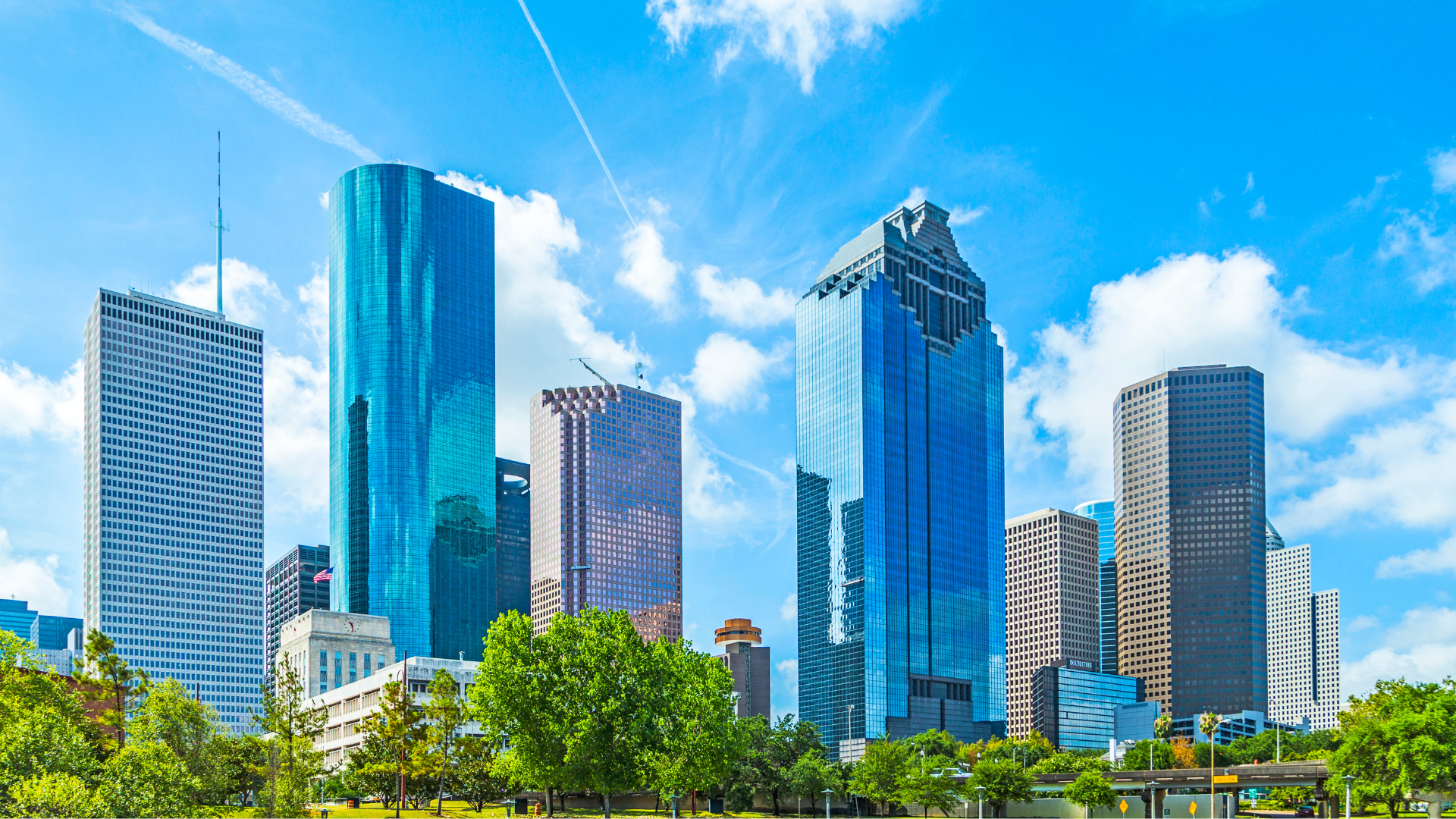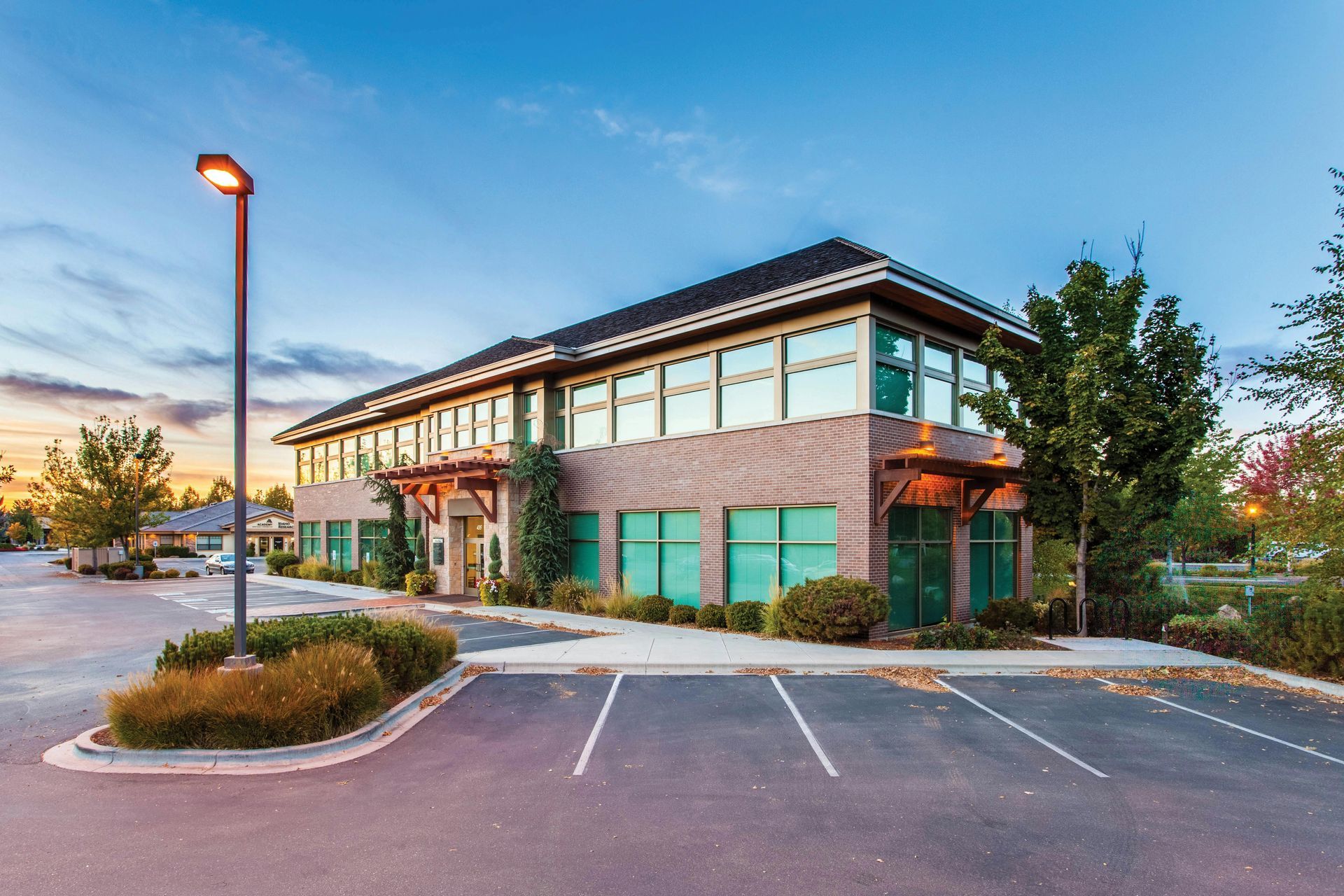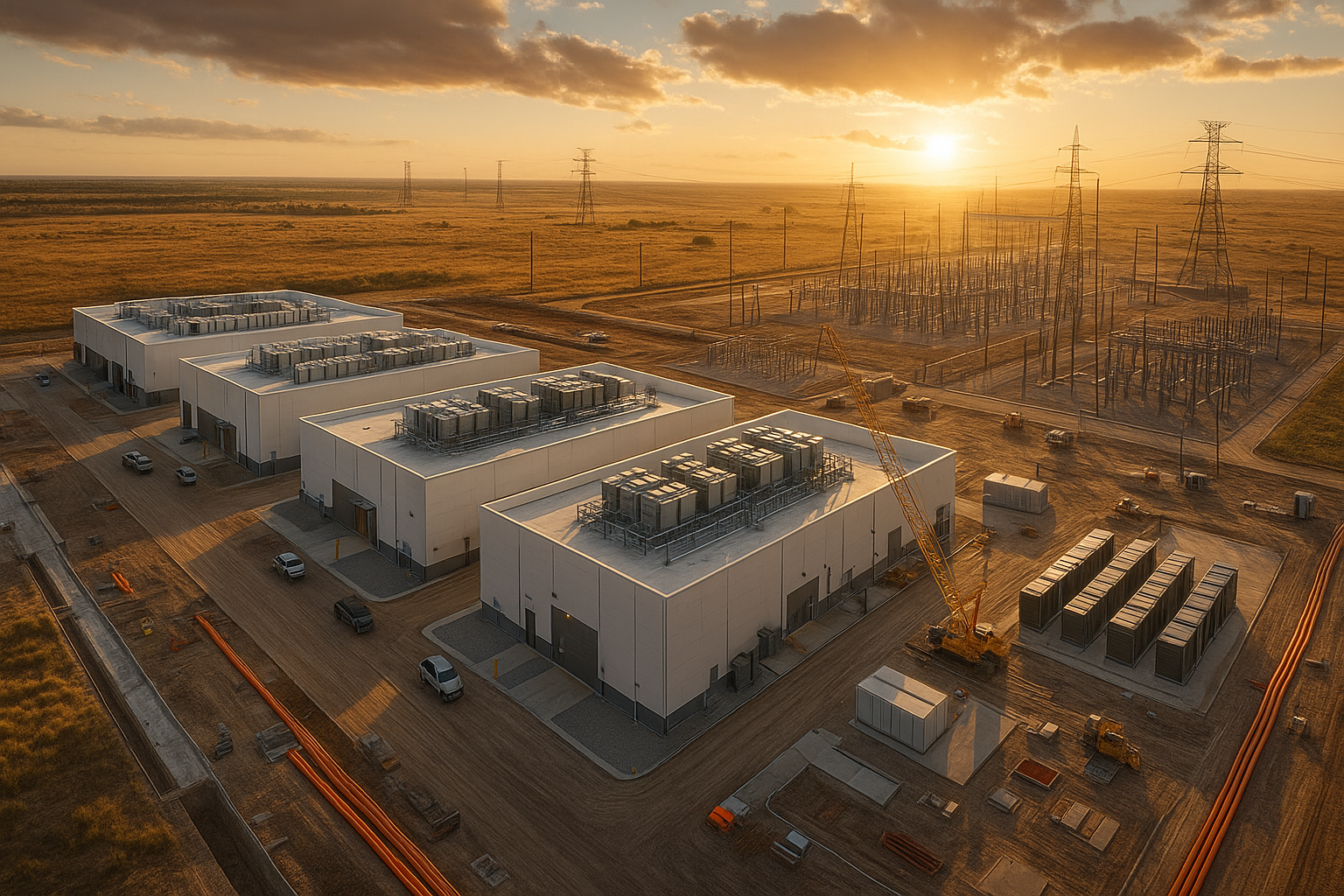October 29, 2025

dallas vs AUSTIN VS san antonio VS HOUSTON
Picking a Texas market isn’t about “which city is hottest”—it’s about which one fits your operations, timeline, and budget. Use this simple, straight-talk guide to narrow it fast.
Quick Take: Who’s the best fit?
- DFW – Speed & reach. Deep inventory, fast TI, central U.S. access.
- Austin – Talent & tech. Engineering-heavy operations, advanced manufacturing, R&D.
- San Antonio – Value & expansion. Lower land/construction costs, predictable delivery.
- Houston – Ports & heavy industry. Import/export, energy/process, large-utility sites.
What Matters Most
- Labor: Availability and wage fit for your shifts and skill mix.
- Logistics: Highway, rail, air cargo, or port access—what your service model needs.
- Cost: Land/rent, build-out, taxes, transport, and labor all-in.
- Utilities: Electric, gas, water/wastewater capacity for your process.
- Timing: Entitlements, permitting, and long-lead equipment.
Market-by-Market

Dallas–Fort Worth (DFW)
Best for: Regional/national distribution, 3PLs, e-commerce, light manufacturing, multi-site HQs.
Why it works: Largest industrial inventory in Texas, strong intermodal/air cargo, broad labor pool.
Watch-outs: Competition in prime submarkets; lock long-lead items early.
Recent reports show active leasing with vacancy drifting as new product delivers—timing matters.

Austin
Best for: Advanced manufacturing, R&D/flex, semis-adjacent suppliers, robotics, med-tech.
Why it works: Dense engineering and tech talent; high-spec supplier network.
Watch-outs: Pricing premiums and tighter supply—plan utilities and entitlements early. The region’s overall tech workforce topped
~200k by end-2023, underscoring the talent depth.
Playbook: Keep labs/prototype in Austin; place volume production in DFW or San Antonio.

San Antonio
Best for: Cost-controlled build-to-suit, campus expansion, Texas-wide distribution.
Why it works: Lower land/construction costs and straightforward approvals in many corridors.
Watch-outs: Align shift schedules with labor draw; validate utility upsizing for future phases.

Houston
Best for: Port-driven distribution, energy/chemical/process industries, heavy-utility or specialized yard/tank sites.
Why it works: Ports of Houston/Freeport, pipelines, process utilities, deep industrial base.
Watch-outs: Drainage, floodplain, and storm hardening—budget and design for them from day one.
Simple Fit Matrix
- Fastest delivery & most options: DFW
- Deepest engineering/tech bench: Austin
- Lowest total delivered cost for large BTS: San Antonio
- Best for port access & process utilities: Houston
10-Point Decision Checklist
- Customer radius & service levels
- Labor availability by shift/skill
- Highway/rail/air cargo/port requirements
- Electric/gas/water/wastewater profile
- Facility specs (clear height, floor loads, docks, yard)
- Entitlements path and timeline
- Site risks (drainage, soils, floodplain, easements)
- TI scope, contractor capacity, long-lead items
- Total occupancy cost (rent/land + taxes + transport + labor)
- Expansion options (contiguous land or multi-building plan)
Bottom Line
Pick DFW when you need lots of options fast and easy shipping. Choose Austin if your work is tech-heavy and needs engineers. Go with San Antonio for lower costs and room to grow in stages. Select Houston for port access and big, power-hungry or chemical/energy operations. Can’t decide? Pair cities—for example, do R&D in Austin and build at scale in San Antonio, or run a national warehouse in DFW with an import hub in Houston.
Ready to pick the right Texas market?
Get a power-ready shortlist from CIP Texas—fast. In 2 weeks, we’ll hand you 2–3 sites with validated utilities, timeline, costs, and incentives so you can move with confidence.
- Side-by-side: DFW vs Austin vs San Antonio vs Houston
- Verified: power, water, network, zoning, schedule
- Clear next steps: budget guardrails, incentives, field tours




